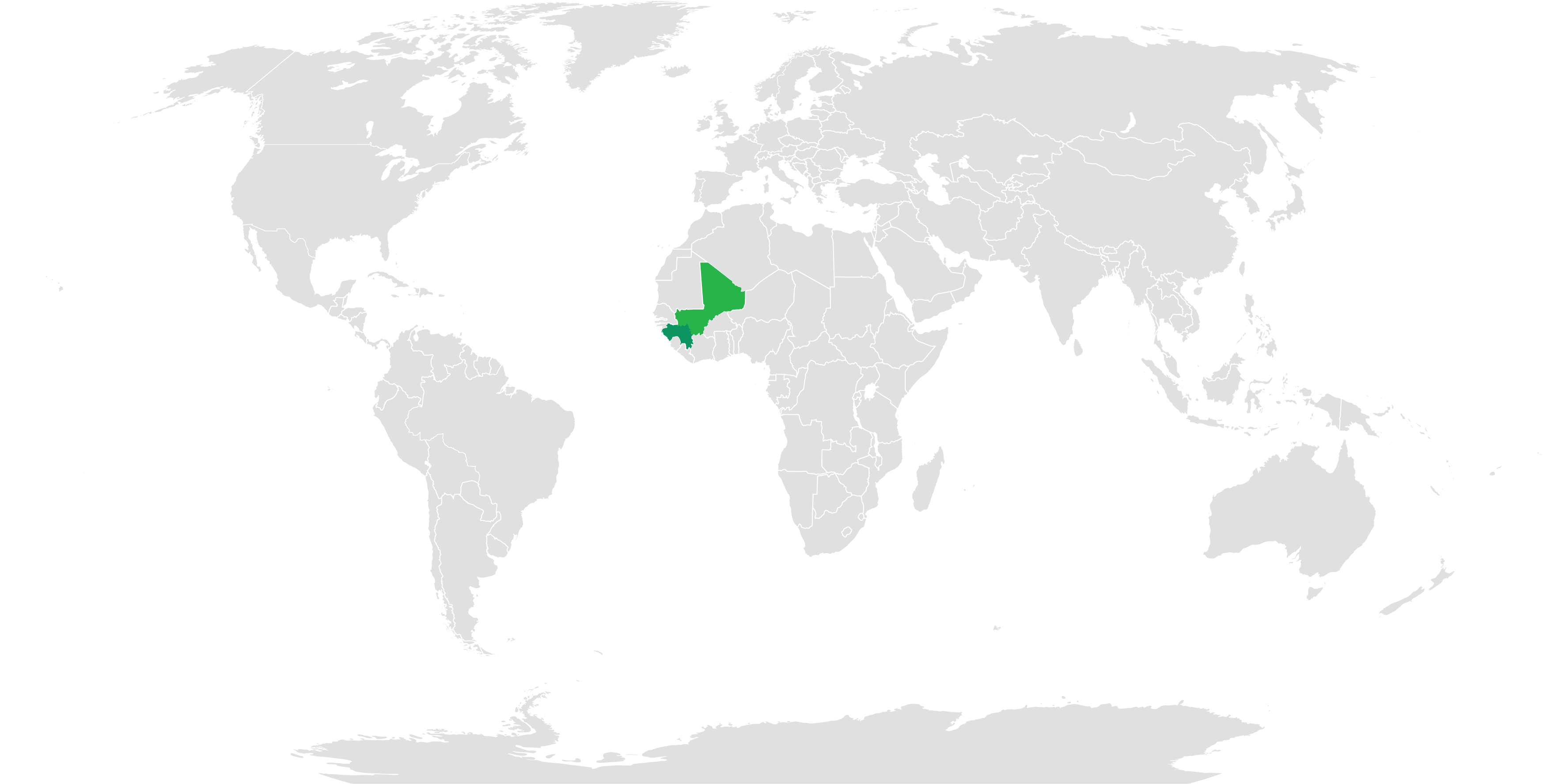Résumé du projet pour les profanes
Malaria provides a major cause of hospital admissions and death among young children in many African countries.Recently, two malaria vaccines were approved by the World Health Organization (WHO) to help reduce the burden of disease in children in malaria-endemic counties. These vaccines are called RTS,S/AS01E and R21/Matrix. While these vaccines provide a high level of protection during the first months after vaccination, their effectiveness decreases over time. The WHO therefore recommends that at least one booster dose of the vaccine is given to children of ~1 year after their initial vaccination series, in order to maintain protective immunity.
In some areas of Africa, such as the Sahel, malaria transmission is highly seasonal, occurring only during the rainy season. In such settings, it has been shown that malaria vaccine booster doses have an additive protective effect against malaria episodes in children, on top of established control measures such as seasonal malaria chemoprevention (SMC). However, some debate remains about the best way to implement malaria vaccine booster doses to achieve the highest efficacy. Specifically, it is unclear whether it makes most sense to apply age-based or seasonal boosting. Age-based boosting is a strategy in which booster doses are administered at a fixed age, and thus at a fixed time since the child's initial malaria vaccinations, similar to schedules for other childhood vaccines. Seasonal boosting means to provide booster doses to all children at the same time of year, immediately prior to the malaria transmission season, regardless of the child's age and thus of the time since its initial malaria vaccinations. Another potential concern is that the uptake of vaccine booster doses in children over 1 year of age may be lower than desired. It is therefore unclear whether seasonal booster doses should simply be made available at routine childhood vaccination clinics, or if higher coverage can be achieved through a community mass vaccination campaign.
In this “seasonal malaria vaccination (SMV) delivery” project we will address these two questions: (1) In Guinea, we will compare the coverage achieved with seasonal boosters (in June, prior to transmission season) with age-based boosters (a year after the third vaccination, regardless of the month) and their respective effect on malaria incidence; (2) In Mali, we will determine whether annual pre-transmission season boosters given through a door-to-door mass community campaign achieves better vaccination coverage and impact on malaria incidence compared to provision of these booster doses at routine childhood vaccination centers. These questions will be investigated through implementation studies in selected districts in Mali and Guinea. This project will thereby provide important information on the optimum delivery of malaria vaccination booster doses in settings of seasonal malaria transmission, which could save many lives.

Résumé scientifique
Seasonal malaria chemoprevention (SMC), the administration of sulphadoxine-pyrimethamine and amodiaquine (SP+AQ), during the peak period of malaria risk has proved to be a highly effective malaria control measure in areas where transmission of malaria is highly seasonal; SMC was administered to 45 million children in 2021. Still, malaria remains the main cause of hospital admissions among young children in many parts of the Sahel and sub-Sahel and additional control measures are needed to protect children. The malaria vaccines RTS,S/AS01E, and R21/Matrix, provide a high level of protection during the first few months after a primary series of vaccination, or after a booster dose, but efficacy wanes progressively during the following months and years. Thus, in areas with seasonal malaria transmission, one potential use for these vaccines, which provide a high but relatively short period of protection, is administration of an annual booster dose given prior to the malaria transmission season in children who have received three priming doses of the vaccine in the first year of life. However, there is a debate about the best approach to delivery of the booster doses. The main objectives of this study are to compare two sets of approaches: 1) whether season-based boosting with RTS,S/AS01E achieves better coverage and a higher impact on malaria incidence than age-based timing of booster doses (Guinea trial) and 2) whether annual booster doses of R21/Matrix administered pre-transmission season through a mass community campaign will achieve better coverage and higher impact on the incidence of malaria than pre-transmission booster doses delivered through the routine EPI programme at vaccination centres (Mali trial). These will be pragmatic implementation studies, each involving two cohorts of children. Areas that have comparable malaria epidemiology, social structure, coverage of EPI vaccines, and access to treatment will be identified in Guinea and Mali from the list of districts that are selected for the initial roll out of malaria vaccines by their respective Ministries of Health. This project will provide important information on the optimum delivery of malaria vaccine booster doses in settings of seasonal malaria transmission, which could save many lives.
En bref
